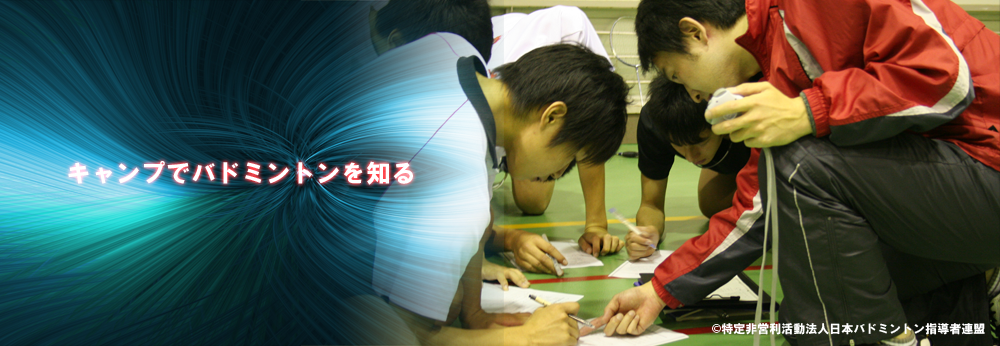ホーム › フォーラム › バドミントン・コミュニティー › Wolfartiosis
このトピックには0件の返信が含まれ、1人の投稿者がいます。2 年、 3 ヶ月前に ruthielindley58 さんが最後の更新を行いました。
-
投稿者投稿
-
ruthielindley58<br><br>Wolfartiosis (lat.wohlfahrtiosis) – human and animal entomosis caused by the larvae of the wolfarth fly during its development in wounds, macerated skin or on the mucous membranes of natural openings.<br>Etiology<br>Wolfarth fly (Wohlfahrtia magnifica) Is a non-blood-sucking, viviparous fly, common in temperate and hot climates. The body of a light gray fly has a length of 9-14 mm. live in fields and feed on plant nectar.<br><br>The causative agent is common in southern Europe, Egypt, Mongolia, China, the Caucasus, Central Asia, Kazakhstan, the middle and southern zones of the Russian Federation.<br><br>The female lays up to 200 larvae. The first instar larvae have 3 curved hooks on the head segment, the second and third instar larvae have 2 hooks each. The size of an adult larva is 14-16 mm. The rapidly and after five days, having passed two molts, they reach 1.7 – 2 cm, after which they crawl out to pupate. Pupation takes place in the ground. The flies that fly out after 3 weeks mate and after 10 days begin to give birth to the larvae. This occurs most intensively on sunny days at t 20-30 °.<br><br>There can be from 3 to 7 generations of wolfart flies per season, depending on the climate.<br><br>In addition to this species, the tissues of humans and animals parasitize Wohlfahrtia nuba as well as North American species Wohlfahrtia vigil and Wohlfahrtia opaca…<br>Pathogenesis<br>Volfartiosis belongs to the group of malignant myiasis. Flies lay larvae mainly on people sleeping in the open during the day or in a sick state.<br><br>Female flies give birth to 120 to 160 very mobile larvae about 1 mm long in open cavities (nose, eyes, ears), on wounds and ulcers on the body of animals, sometimes in humans (while sleeping in the open air). The larva crawls deep into the ear canal, from where it makes its way into the nose, into the cavity of the upper jaw and the frontal sinus.<br><br>During development, the larvae migrate, destroying tissue with the help of digestive enzymes and mouth hooks. The larvae eat away living tissues and destroy blood vessels. The become inflamed; suppuration appears in them, gangrene develops.<br><br>The larvae of these flies in humans live in the ears (see Otomiasis), nose (see Nasal myiasis), frontal sinuses, eyes (see Ophthalmomyasis), skin (see Cutaneous myiasis). Having quickly invaded tissues, the larvae destroy them to the bone mechanically and with the help of secreted enzymes. Parasitizing the larvae is accompanied by severe pain, causing tissue necrosis and gangrenous processes. Laying passages in the tissues, the larvae not only cause painful sensations – the damaged areas swell and fester, the tissues partially die off, and bleeding begins from the nose.<br><br>In seriously ill patients in a coma, the larvae can cause a nosocomial infection, for example, there is a known case of finding larvae crawling out of the mouth and tracheal tube in a patient.<br><br>There is also parasitism in the oral cavity – in the gums, where the larvae destroy their soft parts (see Oral myiasis).<br><br>The larvae can perforate the wall of the eyeball and completely destroy the eye.<br><br>There are known cases of destruction of the scalp by the larvae.<br><br>Necrosis and suppuration occur, extensive destruction of tissues and organs occurs. Cases of complete destruction by the larvae of the eyeball, blindness, deafness, destruction of the integument of the head, the occurrence under their influence of osteomyelitis, encephalitis, severe damage to the female genital organs (see Myasis of the vulva, urogenital myiasis) are described. Fatalities are known.<br><br>After 5-7 days, the larvae fall into the soil and pupate.<br><br>After removing the larvae with tweezers, pathogenic phenomena disappear.<br>Wolfarthiosis of pets<br>Sheep are often affected.<br><br>Females lay up to 190 larvae in fresh wounds, macerated skin, or on the mucous membranes of natural openings, usually in small ruminants or camels. In individual wounds, tens, hundreds, and even up to 1500 larvae accumulate, causing severe pain. The larvae from the surface of the wound penetrate into the subcutaneous tissue, into the muscles, destroying them to the bone and causing severe pain to the animals. The larvae parasitizing the tissues destroy them, causing itching and pain. Animals graze badly, lose weight, sometimes die.<br>
-
投稿者投稿







